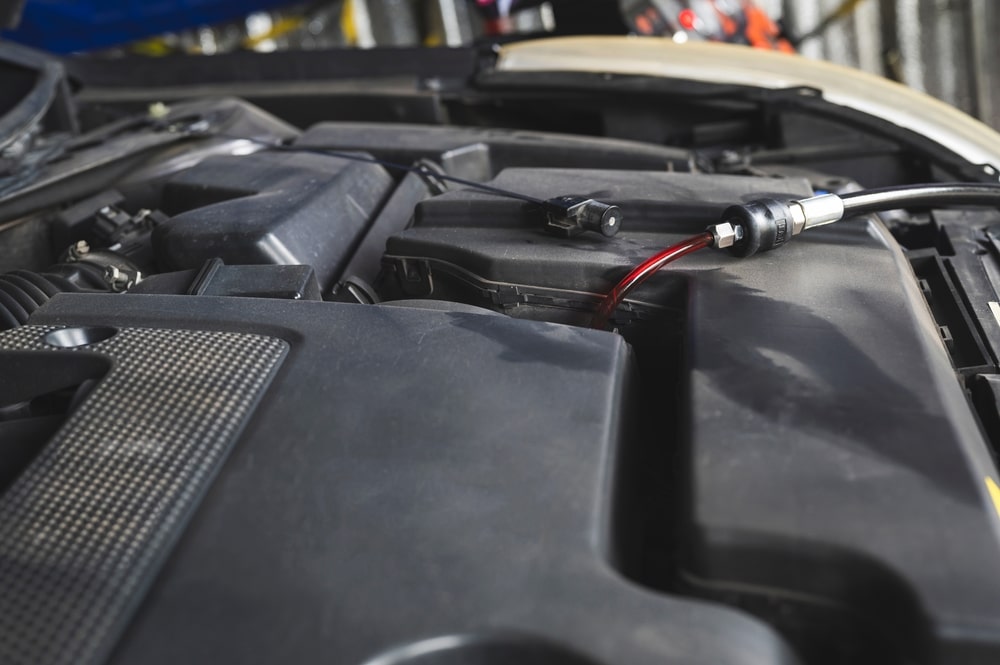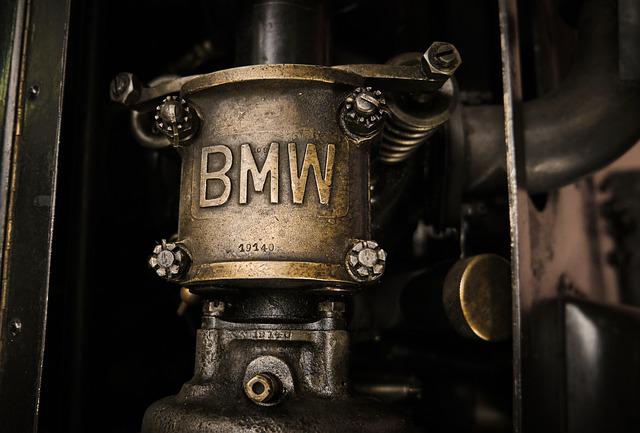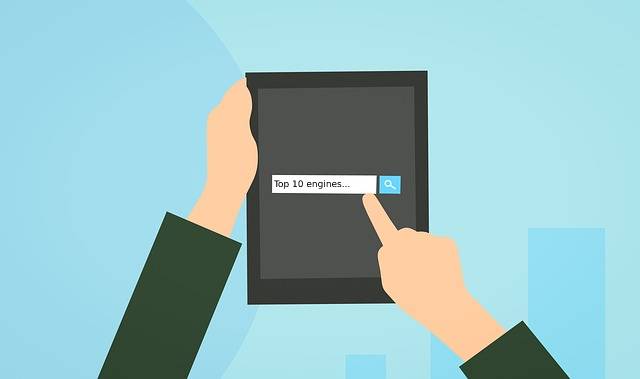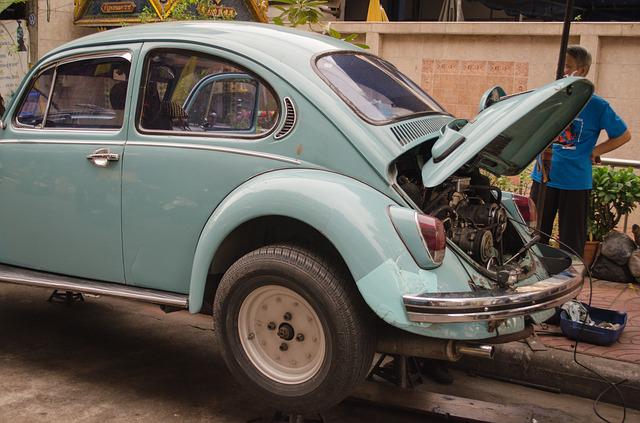Car Transmissions: Their Historical Evolution- A Timeline
Find Used Engines and Transmissions for a Great Price! Live Assistant For Used Engines Call 1800-518-9776

The history of car transmissions is a fascinating tale of innovation, ingenuity, and technological advancements that have shaped the way we drive today. From Karl Benz's pioneering single-speed manual transmission to the cutting-edge developments in electric drivetrains, car transmissions have undergone a remarkable evolution. This blog takes you through the entire history of transmissions:
A Chronological Timeline
-
1886: The first transmission for an automobile was built and used in the Benz Patent-Motorwagen, which is considered the world's first true automobile. The vehicle was created by Karl Benz, a German engineer and inventor, and was patented in 1886- a simple single-speed manual transmission.
-
1879: Milton Reeves invented a CVT- Continuously Variable Transmission (then called a variable-speed transmission) for use in sawmilling.
-
1896: 1896 - In 1896, Reeves began fitting this transmission to his cars, and several other manufacturers also used the Reeves CVT.
-
1898: Louis Renault adapted the drive shaft instead of a chain drive in 1898, as well as a differential axle for the rear wheels, enhancing the vehicle's performance.
-
1928: In 1928, the first synchronised manual transmission introduced synchromesh mechanisms, enabling smoother gear shifts without double-clutching, significantly enhancing the driving experience.
-
1939: In 1939, General Motors launched the Hydra-Matic, the first fully automatic transmission. This groundbreaking innovation eliminated the need for manual gear shifting, revolutionising the driving experience for motorists worldwide.
-
The 1940s: During the 1940s, overdrive transmissions gained popularity, offering an extra gear ratio for reduced engine RPMs during highway driving, resulting in improved fuel efficiency and lower engine wear.
-
1948: Buick introduces the Dynaflow transmission as an option for their Roadmaster and super models. It was the first torque converter automatic transmission used in a mass-produced vehicle
-
The 1950s: Automatic Transmission Advancements: Throughout the 1950s, automatic transmissions improved with the introduction of two-speed, three-speed, and eventually four-speed automatics. They became more efficient and reliable.
-
1956: The Dynaflow transmission is further upgraded with the Variable Pitch Dynaflow, allowing the torque converter's blade angle to vary, improving acceleration and fuel efficiency.
-
The 1960s-1970s: Torque Converters and Electronic Controls: Torque converters, which allowed smoother power transmission in automatics, and electronic controls to manage shifting patterns were introduced during this period.
-
The 1980s: In the 1980s, manual transmissions saw the integration of overdrive gears, typically in five-speed configurations, improving highway fuel efficiency.
-
The 1990s: Continuously Variable Transmissions (CVTs) gained popularity for their smooth gear ratios, providing improved fuel economy and a seamless driving experience.
-
The 2000s: Dual-Clutch Transmissions (DCTs) and Automated Manual Transmissions (AMTs) became commonplace in both performance and mainstream vehicles, offering faster and smoother gear changes during the 2000s.
-
2020s and Beyond:
Further Electrification and EV Transmissions: As electric vehicles (EVs) gain popularity, traditional transmissions are being replaced with single-speed or multi-speed electric drivetrains designed to optimise the performance of electric motors.
Advanced Transmission Control Systems: Modern vehicles feature advanced transmission control systems, including adaptive shifting algorithms and artificial intelligence, to optimise gear shifts based on driving conditions and driver behaviour. Fully Automated Driving: With the advent of autonomous vehicles, the role of transmissions may evolve further, as self-driving cars may no longer require traditional transmissions as we know them.
Conclusion
It's essential to note that the evolution of car transmissions is an ongoing process, and future developments in technology will continue to shape the landscape of automotive transmissions in the coming years.
Welcome to Used Engines Inc, where we are dedicated to being at the forefront of technological advancements in the world of transmissions, and continuously strive to be a part of the technological advancements that take this journey of transmissions further. With the largest inventory in the United States, we offer a wide selection of high-quality used transmissions for majorly all makes and models. Embrace the future of automotive performance with our top-notch products and customer service.
related
You May Also Like

Which BMW Has the Most Horsepower?
A car is useless if it doesn’t have good horsepower. Just imagine driving your car with sluggish acceleration and it drags on the road whenever you take it for a spin.
Read Article
10 Best Engines Made So Far By Top Engine Manufacturers
Over the years, the car industry has seen major changes. Car engines have become smarter and it looks like every new engine that rolls out is better than the other.
Read Article
How to Make Your Car Last Forever?
Isn’t it lovely when a new car works the way you want? The gears shift smoothly and the wheels roll without dragging against the road. But as your car gets older, you’ll notice that it doesn’t drive smoothly, has lower fuel mileage, and overheats easily.
Read Article